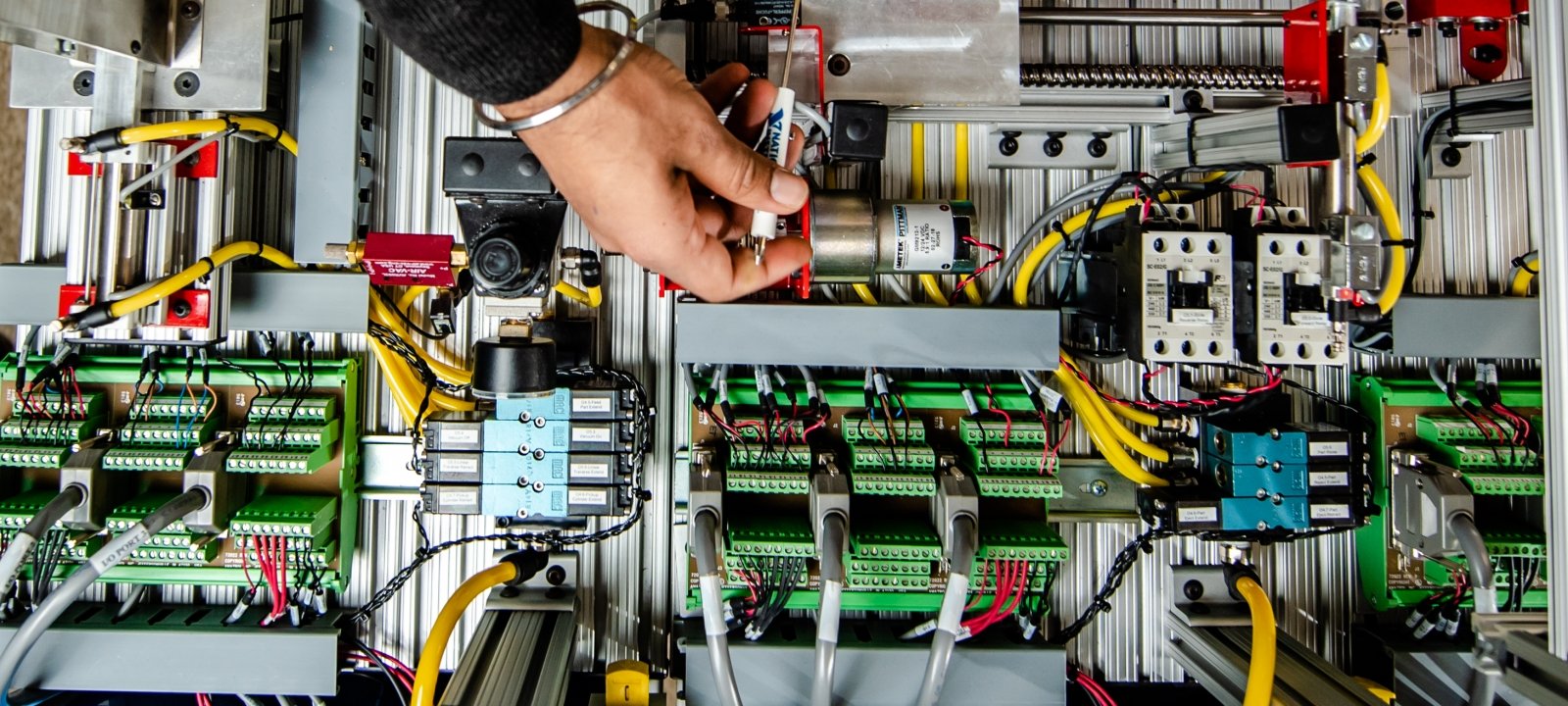Motors
What is electrical motors?
Using interacting magnetic fields, an electric motor turns electric energy into mechanical energy.
In the home, business, and industry, electric motors are employed in a variety of applications. This department discusses the operating principles of numerous types of DC, universal, and AC electric motors.
In most electric motors, mechanical torque is produced by the interaction of conductors carrying current in a direction perpendicular to a magnetic field. The different types of electric motors differ in how the conductors and field are structured, as well as the control that may be exercised over mechanical output torque, speed, and position.
After reading this department, you will be able to:
1. Recognize and classify various motor types.
2. Identify the opposing electromotive force (CEMF).
3. Describe the advantages and disadvantages of various motor types.
4. Describe the reversing technique for ac motors.
5. Recognize the importance of compensating windings and inter poles.
6. Describe the rotation of ac motor fields.
7. Draw three-phase waveforms.
8. Describe how synchronous motors are started.
9. Explain the characteristics of squirrel-cage motors.
10. In the context of a motor, define the term "slip."
11. Understand how to use a single-phase motor.
12. Determine how the number of poles affects motor speed at various frequencies.
13. Given a set of specifications, calculate the horsepower of a motor.
14. Distinguish between the various types of motor insulation systems.
Motor Classification
In general, motors are classified according to the type of electricity they use (AC or DC) and their operating principle. There are many different types of motors in use today, each with its own set of characteristics that make it suited for various tasks. Figure 1-1 depicts a family tree of common motor types.
Figure 1-1







0 Comments